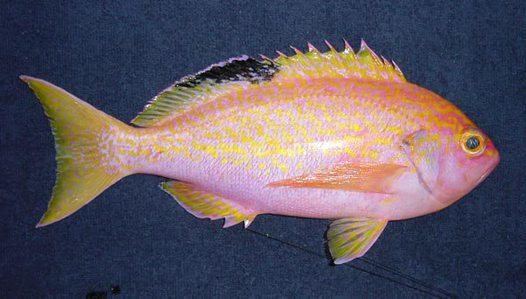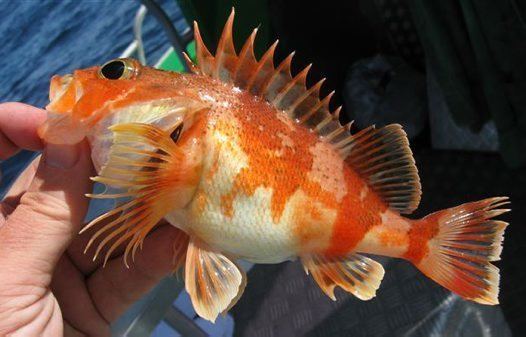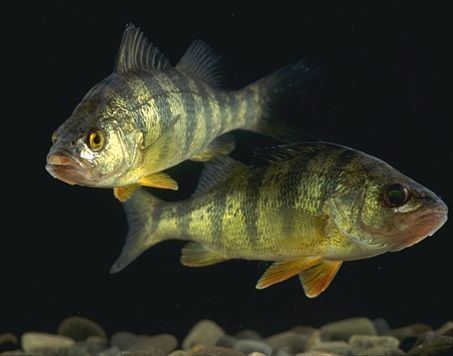Phylum Chordata Subfamily Percinae | ||
 | ||
Similar Bass, Trout, Carp, Common carp, Catfish | ||
Perch fishing rigs tips tactics
Perch is a common name for fish of the genus Perca, freshwater gamefish belonging to the family Percidae. The perch, of which there are three species in different geographical areas, lend their name to a large order of vertebrates: the Perciformes, from the Greek perke, simply meaning perch, and the Latin forma meaning shape. Many species of freshwater gamefish more or less resemble perch, but belong to different genera. In fact, the exclusively saltwater dwelling red drum is often referred to as a red perch, though by definition perch are freshwater fish. Though many fish are referred to as perch as a common name, to be considered a true perch, the fish must be of the family Percidae.
Contents
- Perch fishing rigs tips tactics
- Small river big fish giant perch pike attack zipper fishing w lures
- Species
- Anatomy
- Habitats
- Fishing
- References

The type species for this genus is the European perch, Perca fluviatilis.
Small river big fish giant perch pike attack zipper fishing w lures
Species
Most authorities recognize three species within the perch genus:

Anatomy
The general body type of a perch is somewhat long and rounded. True perch have "rough" or ctenoid scales. On the anterior side of the head are the maxilla and lower mandible for the mouth, a pair of nostrils, and two lidless eyes. On the posterior sides are the opercula, which protect the gills, and the lateral line system, which is sensitive to vibrations in the water. The kidney of the perch runs along the backbone and forms a head, caudal to the gills. Perch have paired pectoral and pelvic fins, and two dorsal fins, the first one spiny and the second soft. These two fins can be separate or joined.
Habitats
Perch are carnivorous fish most commonly found in small ponds, lakes, streams, or rivers. These fish feed on smaller fish, shellfish, or insect larvae, but can be caught with nearly any bait. They commonly spawn during the spring, when the females lay strings of eggs in covered areas such as near branches or underwater plants. Perch have a wide distribution throughout the world, and are very plentiful in the Great Lakes, especially Lake Erie.
Fishing
Perch are popular sport fish species. They are known to put up a fight, and to be good eating. They can be caught with a variety of methods, including float fishing, lure fishing and legering. The best way is to use a small hook and cast into the weeds just before the drop off. When fishing with bait, the angler will want to have a disgorger; perch are notorious for swallowing the hook, and will need aid of a disgorger or forceps for unhooking. In many parts of the world, they are also a favourite species among ice fishermen. They will take a variety of baits, including minnows, worms, maggots, goldfish, pieces of raw bacon, prawn, and softshell crayfish, but seem to prefer shrimp (Caridina, Neocaridina, Palaemon), Krill, small fish, lobworms, ragworms, red maggots, and lures. Fly fishing for perch using patterns that imitate small fry or invertebrates can be successful. The record weight for this fish in Britain is 6 lb 3 oz (2.81 kg), and in America 6 lb 4 oz (2.83 kg).
Perch grow to around 50 cm / 5 lb (2.3 kg) or more, but the most common fish to be caught are around 30 cm (1 ft) / 1 lb (0.45 kg) or less, and anything over 40 cm / 2 lb (0.91 kg) is considered a prize catch.
Perch have often formed a critical part of the total weight caught by an angler during a competition. In 2016 it was recorded that angler Ross Winfield failed to weigh a perch during a competition that cost him a top 5 place (often called 'framing' on the UK match fishing circuit). Unfortunately, he later found the perch in his keep net.
